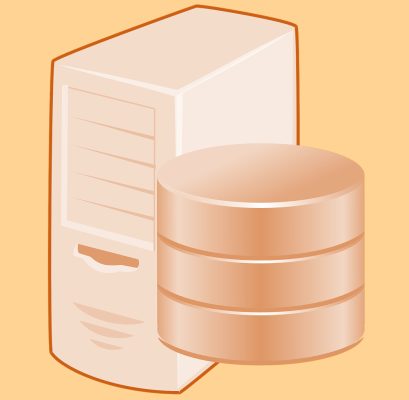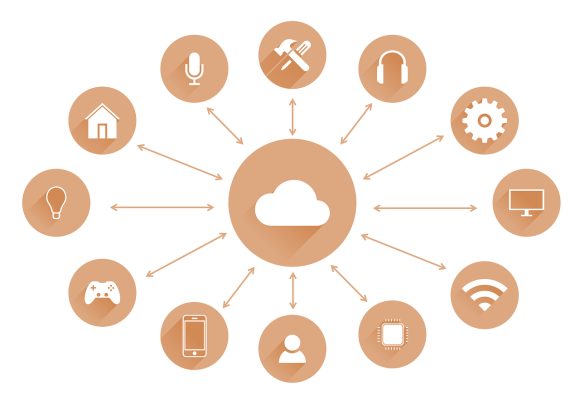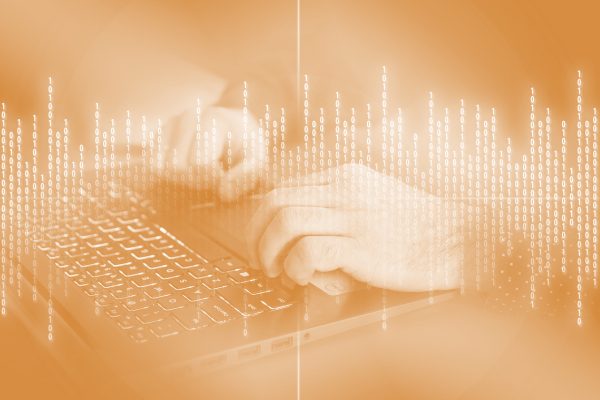The Internet of Things (IoT) is already having a big impact on the world. IoT projects are being developed across a huge variety of industries and it has already proved itself as an incredibly useful tool because of its automation, and data gathering and processing potential.
Understanding IoT architecture is the key to giving you all the knowledge you need to create a successful IoT project and to leverage all of its benefits, by giving you a clear vision of how everything works and how the different components interact with each other.
While it might be confusing to learn everything from scratch, this blog will go over everything you need to know about IoT architecture, how it’s structured and the different types and layers in an easy to understand way.
An Introduction to Architecture
Architecture is the group of rules and guidelines that determine how components must behave with each other in a system in order to reach a specific goal. In other words, it’s a blueprint for the implementation of computer systems, how they are organized, and how they function.
This definition can help us understand the way an IoT architecture is defined, developed, and what it entails.
While currently there is no real consensus of what exactly defines IoT architecture (as projects vary greatly in scope and use cases), there are some key aspects that all IoT projects should have, and these are the ones we are going to be looking into.
In a nutshell, architecture in IoT is a framework that defines:
- How the physical components behave (IoT devices)
- How the network is configured for communication
- How the data is handled (how it’s stored and gathered)
- What procedures are executed for operation
- How the system is organized
- How the system functions
Building Blocks
The architecture of an IoT system defines how it behaves and operates. This means that making the right decisions while developing IoT solutions is crucial for the success of the project and for unlocking the benefits.
Therefore, it’s crucial you carefully consider the following building blocks when developing an IoT project:
- Functionality: How the system functions. How the devices behave, how they communicate with each other, what data they collect, how and when they collect data, how the system should work autonomously, etc.
- Scalability: The ability of a system to accommodate growth. Design decisions implemented in the development stage that will allow a system to grow with time by adding new devices or collecting more data without having to restructure the architecture completely, and being able to overcome issues.
- Availability: How often and reliably the system remains active. Availability refers to the stableness of a system and the integrity of its data.
- Maintainability: How the system is built to take maintenance into account. This includes regular maintenance, updating of hardware or software, and generally keeping the system at the peak of its possible performance.
Layers
IoT architecture is defined and categorized in what is called “layers”. Since there is no clear consensus of what IoT architecture entails, different IoT developers and manufacturers define these categories differently, and some include more layers than others.
In general, everyone agrees that layers differ from one another in what functional area they fall into. In a nutshell, IoT architecture consists of smart devices that gather data, networks that allow for communication between devices, middleware IoT platforms, and applications that users can use to interact with the IoT system.
To read a more in depth analysis of these layers, read our blog post What is an IoT Ecosystem? And What Are Its Components?
Device Layer
The device layer emcompasses all of the devices capable of capturing, processing, communicating data through the internet and acting on that data. Any part of an IoT device that gathers information is a sensor, such as a surveillance camera, pressure sensor or thermostat. Any part of a device that acts on data is an actuator. For example, a door lock that opens based on data gathered from a biometric scanner is an actuator.
Transport (connectivity) Layer
The transport or connectivity layer defines how IoT devices and controllers communicate with each other. Ultimately, this layer defines which devices communicate data with each other and how they do it.
Iot communication protocols, networks, gateways, and Date Acquisition Systems are established in order for analog data (captured by IoT devices) to be transformed into digital data and sent over the internet.
Processing Layer
The processing layer defines how data is analyzed, received, and processed in the IoT system. In a cloud-centric model, the cloud data center receives data from the IoT devices via the transport layer and begins monitoring, managing, and storing it in order to make it usable by the system and/or the end user. In an edge processing model, devices all over the network process most of their own data internally and then send the results to a receiving device, often via peer-to-peer (P2P) communication like what Nabto provides. P2P just means devices can communicate directly, without needing to send data through a cloud server. It’s generally faster and more reliable than a cloud-centric model, since there’s no need for a third-party server or database to process the data.
Application/User Interface Layer
The software developed for maintaining, altering, and interacting with the IoT system makes up the application layer. An application level software could be in the form of a mobile app, desktop program, or internet webpage.
Business Layer
The business layer refers to business level decisions taken by companies or people using an IoT system. If an IoT system shows ways of reducing costs or improving productivity, the decisions to invest in better equipment or change procedures are taken in this layer.
Conclusion
This is a high level overview of the most important concepts of IoT architecture. For a more in depth look at some of the topics discussed here, you can explore our other IoT resources, including:






